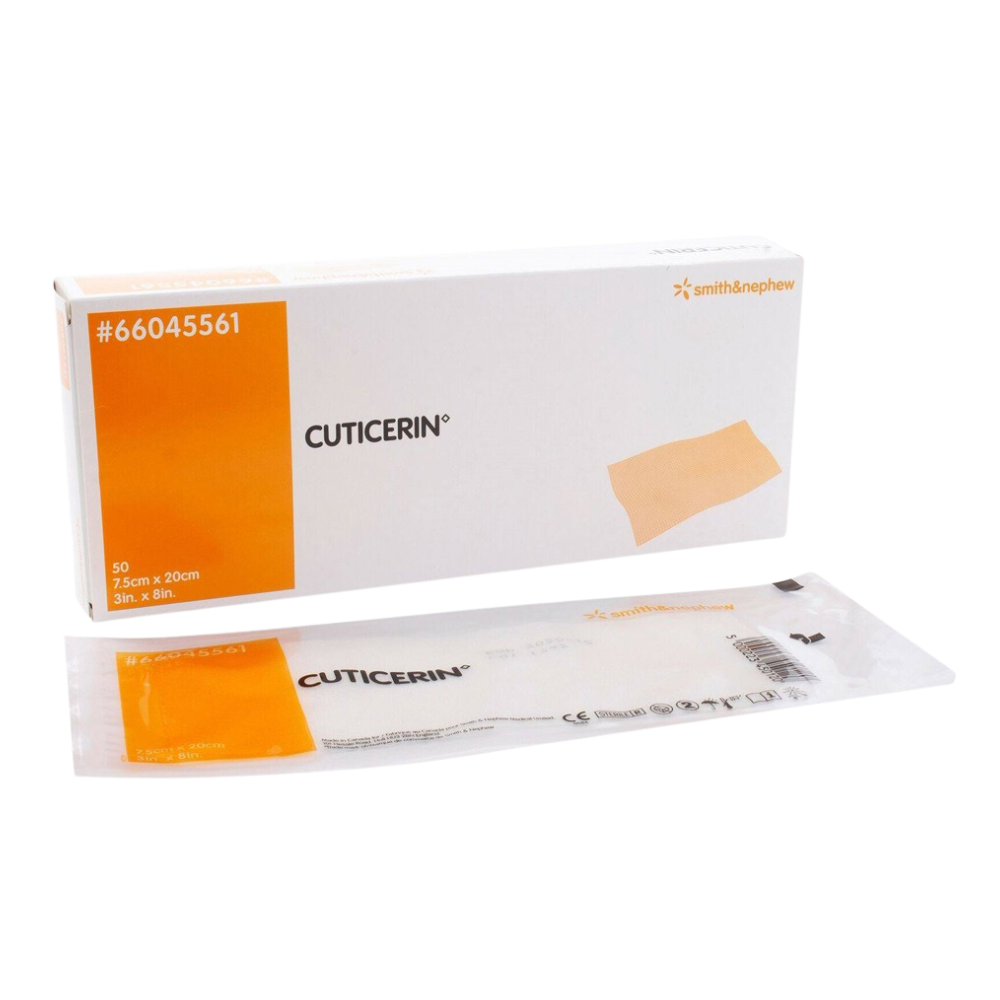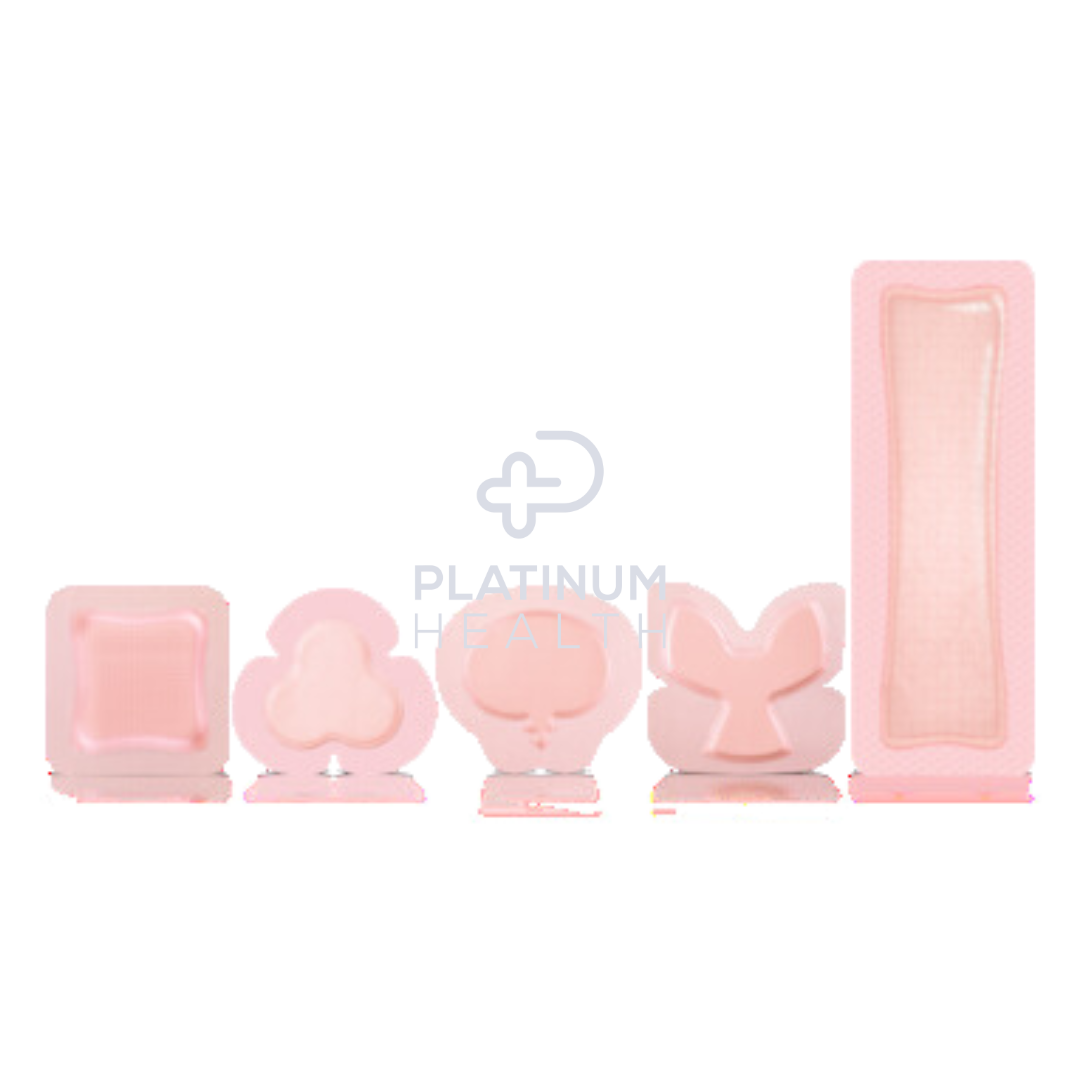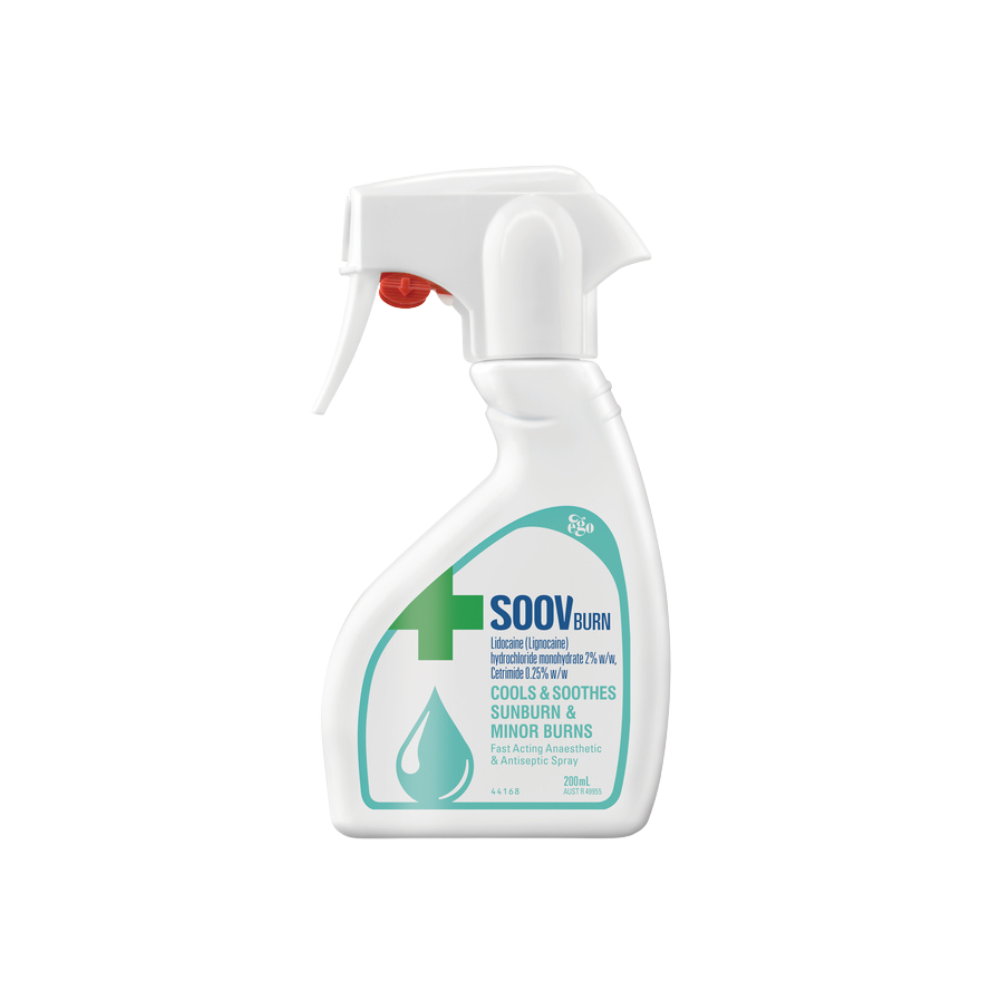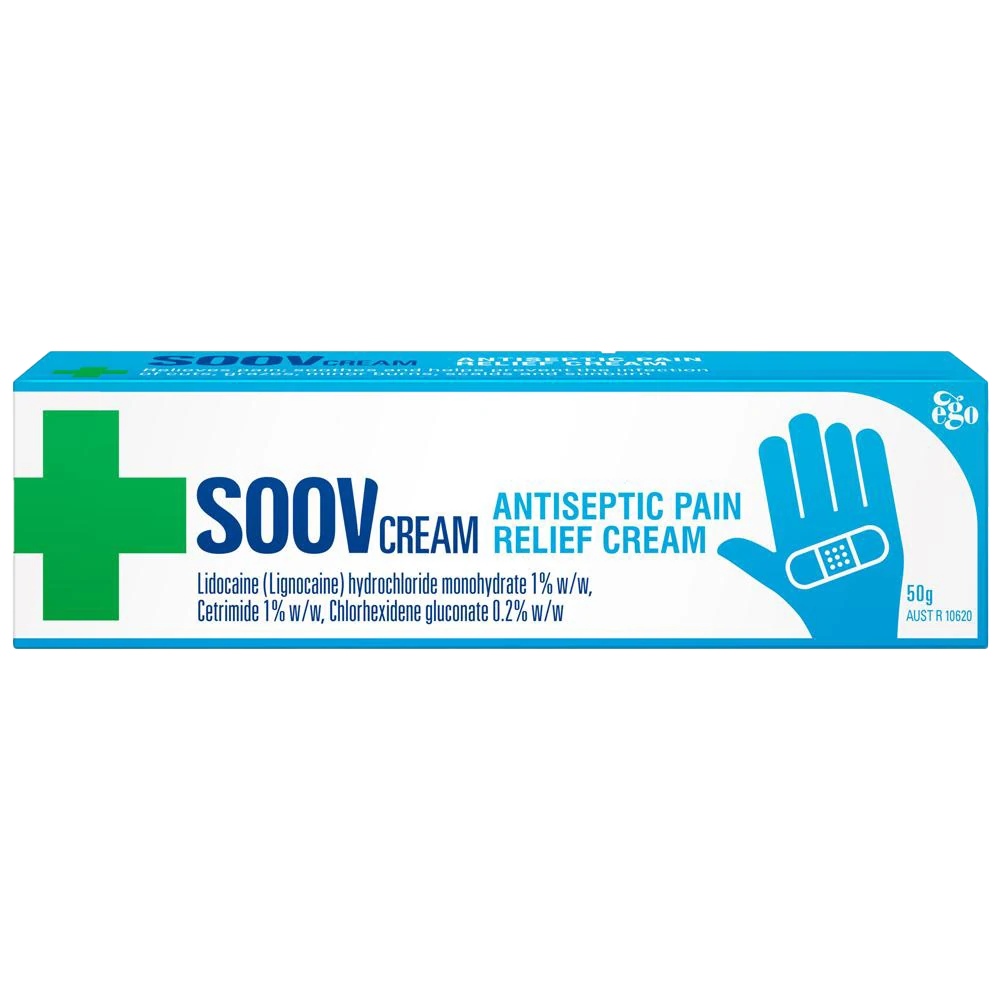Managing Burn Wounds at Home: Safe Dressing Practices

When a burn happens at home—be it from cooking, boiling water, or medical treatment—it can be scary. But with the right tools and a bit of know-how, minor burns can often be treated safely and effectively without a trip to the hospital.
For carers, support workers, or anyone assisting a loved one, knowing how to dress a burn properly is all about preventing infection, managing pain, and promoting dignity through recovery.
In this guide, we’ll walk you through the essentials of home burn care, explain which types of burns can be safely managed at home, and share trusted dressing options that support healing while protecting delicate skin.
What Types of Burns Can Be Treated at Home?
Not all burns require a trip to the emergency department. Many minor burns can be safely managed at home, especially when you know what to look for and have the right supplies on hand.
According to Healthdirect Australia, the type, size, and location of a burn are key factors in deciding whether home treatment is appropriate.
Here’s a breakdown of the types of burns commonly managed at home:
Superficial Burns (First-Degree Burns)
These burns affect only the outer layer of skin (epidermis). The skin may appear red, dry, and tender—similar to mild sunburn. While painful, these are generally considered low-risk when kept clean and covered.
Examples include:
- Contact with hot tap water
- Minor scalds from steam or coffee
- Brief contact with a hot surface
Better Health Channel advises treating superficial burns with cool running water for 20 minutes and avoiding ice or greasy ointments. Once cooled, a sterile, non-stick dressing can be applied to protect the area.
Partial Thickness Burns (Mild Second-Degree Burns)
These burns go deeper, damaging the first and second skin layers. The area may blister, look wet or shiny, and feel intensely painful. Small, localised burns of this type—typically under 3cm in diameter—may be treated at home with caution and close monitoring.
Key considerations:
- Avoid breaking blisters
- Apply clean, non-adherent dressings
- Monitor for signs of infection like redness, pus, or swelling
According to Healthline, aloe vera gel and silver-based dressings can help soothe pain and reduce infection risk, but only if the burn is minor and stable.
When to Seek Medical Help
Burns that should NOT be managed at home include:
- Deep or full-thickness burns (third-degree)
- Burns larger than a 20-cent coin
- Burns on the face, hands, genitals, or major joints
- Electrical or chemical burns
- Burns in young children, elderly people, or anyone with a compromised immune system
If you're ever unsure, it's best to consult a GP, call Healthdirect, or visit your nearest urgent care clinic. Burn injuries can worsen quickly without proper care.
Why Dressing Burns Correctly Matters
When it comes to burn wounds, how you dress the injury can make all the difference. A good dressing doesn’t just cover the wound. It also actively protects, promotes healing, and reduces pain and complications.
According to the Royal Australian College of General Practitioners, proper dressing selection and technique are critical to preventing infection, minimising scarring, and maintaining skin moisture during recovery. Improper dressings, on the other hand, can stick to the wound, delay healing, or even cause re-injury during removal.
Dressing Creates a Safe, Moist Healing Environment
Moist wound healing is the gold standard. It keeps nerve endings protected, reduces pain, and supports the regeneration of new skin cells. Dry gauze, for example, can stick to a healing burn and cause trauma during dressing changes—something the Royal Children’s Hospital specifically warns against.
That’s why modern burn dressings often feature:
- Non-adherent layers to prevent trauma
- Silver or hydrogel to help fight infection
- Flexible materials that conform to awkward body areas
Dressing Changes Reduce Risk of Infection
Burns, especially those with broken skin or blisters, are vulnerable to bacterial infections. Dressing changes help reduce that risk, but only when done with clean technique and using appropriate products.
As outlined by Nationwide Children’s Hospital, clean hands, sterile tools, and frequent dressing changes are essential for safe home care. Carers should always observe the wound for redness, unusual discharge, or worsening pain and seek medical advice if anything looks concerning.
A Word of Caution
Even when using the right products, burn care should always be approached with care. If you’re unsure how to apply or change a burn dressing, it’s worth seeking guidance from a GP, wound care nurse, or pharmacist. The goal isn’t just healing. It’s comfort, confidence, and dignity throughout recovery.
What Burn Dressings Can You Use at Home?
When you're managing a burn at home, choosing the right dressing is key to healing and comfort. The good news? You don’t need a hospital-grade kit to give proper care. With the right combination of non-stick dressings, soothing gels, and infection-fighting materials, you can support recovery safely and confidently.
Here are some trusted dressing products that are commonly used in home burn care:
1. Cuticerin Wound Dressing

Cuticerin is a non-adherent dressing that protects the wound while allowing exudate (fluid) to pass through to a secondary absorbent dressing. It’s ideal for burns where minimal trauma and pain-free dressing changes are priorities.
Why you’ll love it:
- Gentle on delicate or blistered skin
- Helps prevent dressing sticking and re-injury
- Can be used under bandages or secondary dressings
Best for: First-degree and mild second-degree burns with minimal weeping.
2. Allevyn Gentle Border Classic Foam Dressing

This dressing combines absorbent foam with a soft silicone adhesive—creating a cushioned barrier that conforms to the skin without sticking. It locks in moisture, promotes healing, and protects fragile skin from further damage.
Why you’ll love it:
- Designed for sensitive, painful wounds
- Can stay in place for several days
- Helps reduce dressing change frequency
Best for: Partial-thickness burns in difficult areas like joints or bony surfaces.
3. 3M Tegaderm IV Transparent Dressing

While originally designed for IV sites, Tegaderm is widely used in wound care thanks to its waterproof, breathable film. It allows easy wound monitoring without removal and can be layered over other dressings for extra protection.
Why you’ll love it:
- Waterproof barrier against dirt and bacteria
- Transparent—no need to disturb the wound to check it
- Flexible and conforms to body contours
Best for: Covering smaller burns or securing primary dressings.
4. Mepilex Ag Silver Foam Dressing

Infused with silver for antimicrobial protection, Mepilex Ag is a premium dressing option for burns at risk of infection. The soft foam core absorbs exudate while keeping bacteria at bay—perfect for home carers needing confidence in infection prevention.
Why you’ll love it:
- Broad-spectrum antimicrobial action
- Pain-free removal with Safetac® technology
- Up to 7 days of wear time
Best for: Infected or high-risk burns, including wounds requiring longer wear.
5. Soov Burn Spray

This cooling, spray-on treatment offers instant relief from minor burns, scalds, and sunburn. It contains local anaesthetic (lignocaine) to soothe pain fast and help with dressing application.
Why you’ll love it:
- Easy spray format—no rubbing or stinging
- Rapid pain relief
- Gentle enough for kids and elderly skin
Best for: Initial burn care before applying a dressing.
6. Soov Antiseptic Cream

This dual-action cream soothes minor burns while helping prevent infection. Perfect for those tiny, shallow burns that don’t need a full dressing—but still need TLC.
Why you’ll love it:
- Combines antiseptic with soothing pain relief
- Non-greasy and absorbs quickly
- Handy for kitchens, bathrooms, and travel
Best for: Minor kitchen burns, sunburn, or shallow scalds.
Burn Care You Can Manage with Confidence
Managing a burn at home—whether it’s your own, a loved one’s, or a client’s—can feel overwhelming at first. But with the right information, quality dressings, and a calm, step-by-step approach, you can support healing safely and comfortably.
From soothing sprays to silver-foam dressings, there are effective tools available that don’t require a hospital visit or clinical background to use. Just a little guidance—and we’re here to provide it.
Need help choosing the right burn care products?
Come visit us at our Epping showroom for personalised advice and to see products up close.
Unit 2/51 Trafalgar Road, Epping VIC
Weekdays, 9am–5pm
Or browse our full wound care collection online to get started from home:
Shop Wound Care at Platinum Health Supply
Because caring for burns shouldn't burn you out.
Important Disclaimer
The information in this blog is intended as general guidance for managing minor burns at home and is not a substitute for professional medical advice, diagnosis, or treatment.
Always consult with a healthcare professional—such as a GP, pharmacist, or wound care nurse—before applying any products or self-treating a burn. Platinum Health Supply is not liable for any adverse outcomes resulting from the improper use of products or failure to seek appropriate care.
The dressing recommendations included are based on publicly available health resources and manufacturer guidelines, and are designed to support informed product choices—not to replace clinical decision-making.
If a burn is deep, infected, located on a sensitive area (face, hands, genitals), or occurs in a child, elderly person, or someone with a chronic health condition, please seek immediate medical attention.
